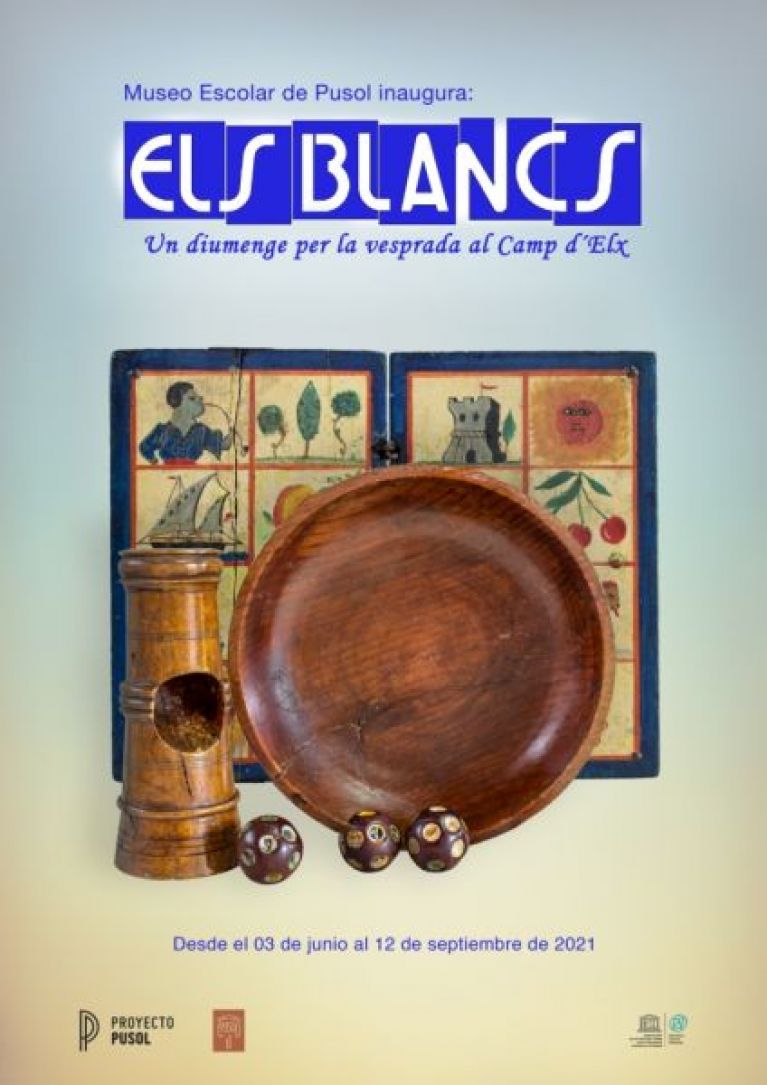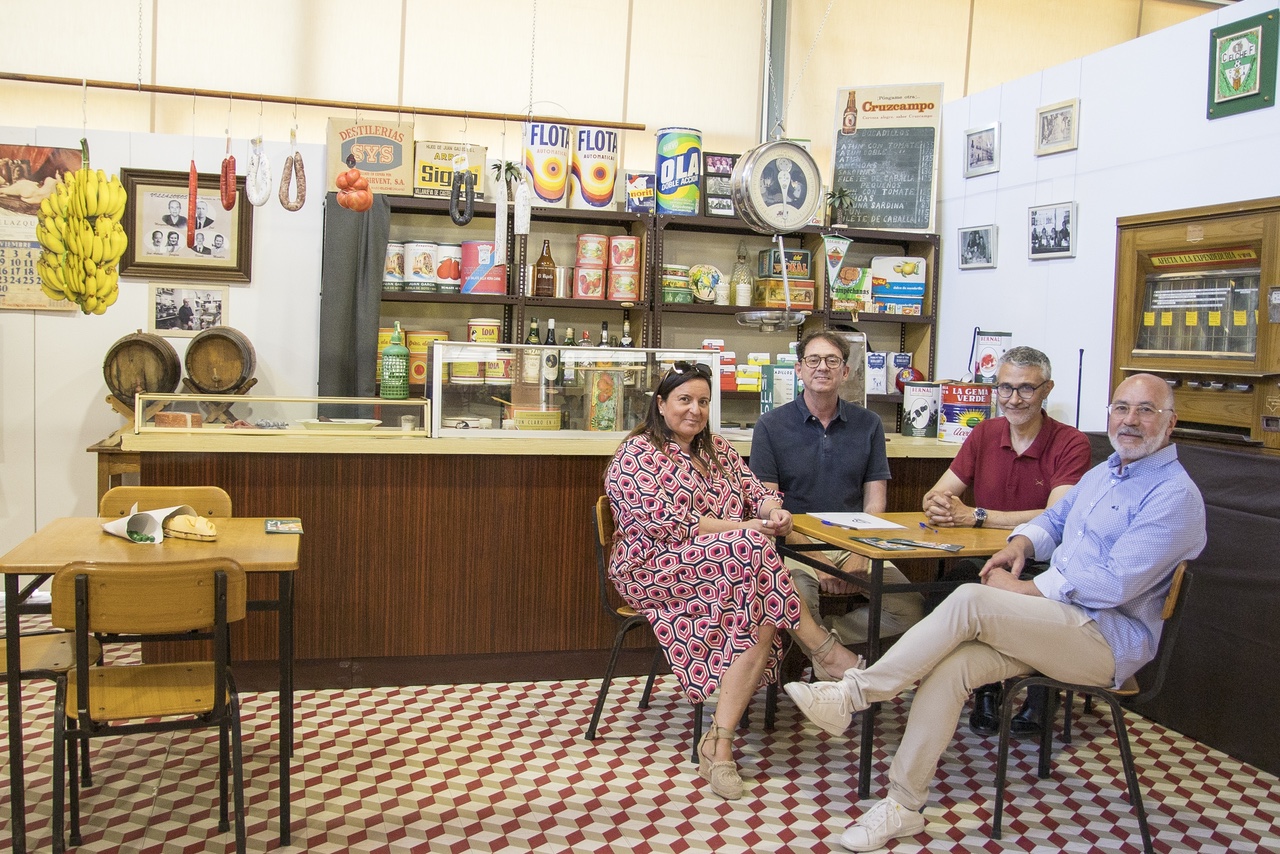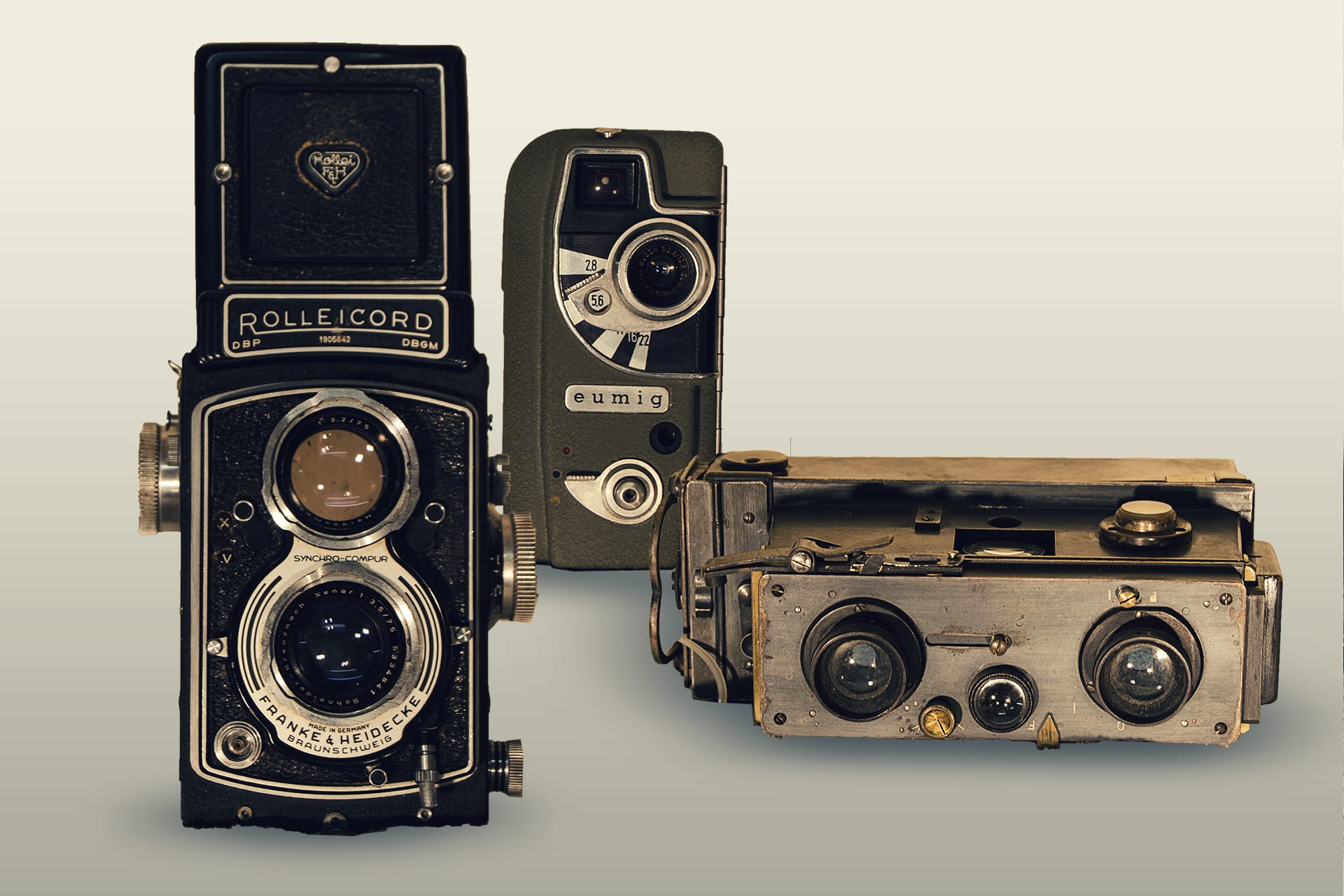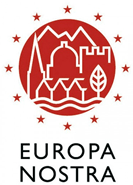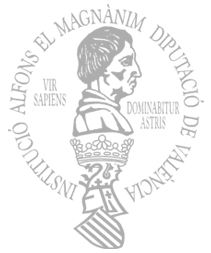Els Blancs. A day for the evening at the Camp d'Elx
From June 3 to September 12, 2021
At a time when the distances between the countryside and the city were covered on foot or by car, along dirt roads that remained muddy for much of the year, it was rare for the rural population to travel to the urban area if it was not for an emergency medical, on the occasion of some necessary purchase or for the patron saint festivities. The shops and bars acted as meeting points for this dispersed population, who spent most of their time working on their land or in their homes.
Only on Sunday afternoons was this routine broken, it was a time reserved for relaxation and socializing, and that was when Els blancs were organized. These were a kind of house party, in which people of all ages found a moment of fun and in which young people met and looked for a partner.
It used to be held always in the same place, usually the widening of a road or in a cleared place that could host the event, and people from the neighborhood would come to them.
There was a person in charge of organizing everything, who was called the whitewasher: he notified the musicians, searched for and acquired the animals that were given as prizes, set up the tir al blanc, prepared the peanut stand, drinks, etc.
The name of these social gatherings comes from target shooting, which was one of the activities that took place in them. The tir al blanc consisted of a vertical stick, nailed to the ground, and another horizontal one, tied to the upper end of the other stick, on one of whose ends a rabbit was hung. The game consisted of hitting the hanging animal using a stone as a projectile. The young men, upon payment of 10 cents, had the right to throw two stones, at a distance of about 8 meters. If they were right, they took the rabbit or chicken that hung from the end of the blanc.
The ancient game of auca could also be found. This consisted of a wooden board, with a series of represented figures, which were bet on. The auquero also acted as a peanut farmer. At his stand you could buy mixed cartridges (peanuts, almonds, lupins, etc.) of various sizes, 10 cents of a peseta cost a normal cartridge and with 20 cents they gave you a bona cartuxá. He also had some bottles of brandy, cognac and muscatel wine that were served in small glasses of liquor. A glass of liquor used to cost 5 cents, the same amount he charged for rolls of brandy.
Groups of people formed and each entertained themselves in their own way: the young men tried their luck at the blanc, trying to hit one of the two stones that they had to throw; the older ones sat down to chat; the musicians (guitar, lute and bandurria), began to play and the first couples came out to dance.
The ball del peu chafat was danced: the couples stood facing each other, their arms hanging next to their bodies, but with a certain movement and they moved their feet rhythmically without moving from the spot and as soon as the copla sounded they changed places.
Other typical dances were the Valencian jotas, accompanied by castanets and singing, the mazurkas and the fandangos, and later the boleros, the pasodobles and other styles appeared.
Everything was amateurish, from the organization to the musicians, who were neighbors. Around four o'clock the attendees began to arrive, and at sunset everyone retired, since there was still no electricity, after the only leisure time of the whole week.toda la semana.
